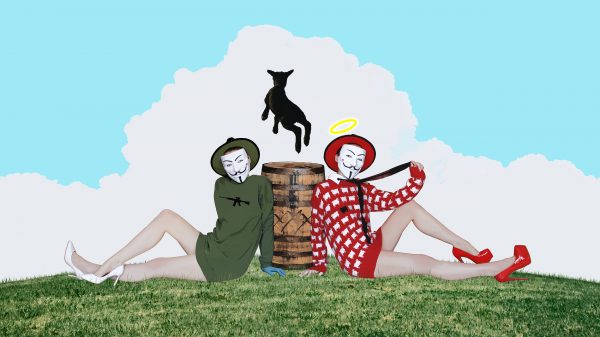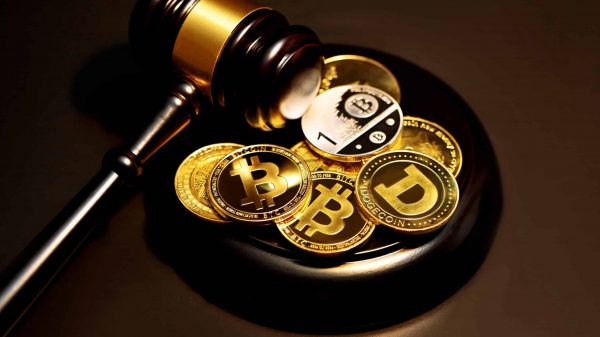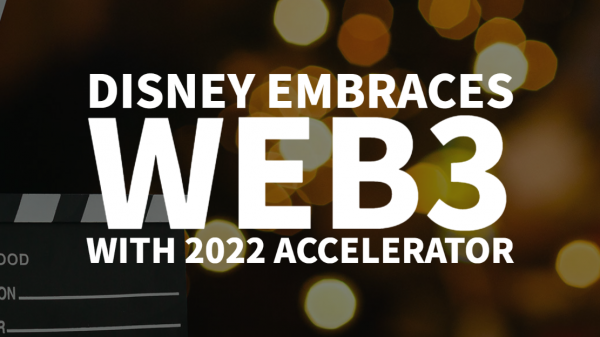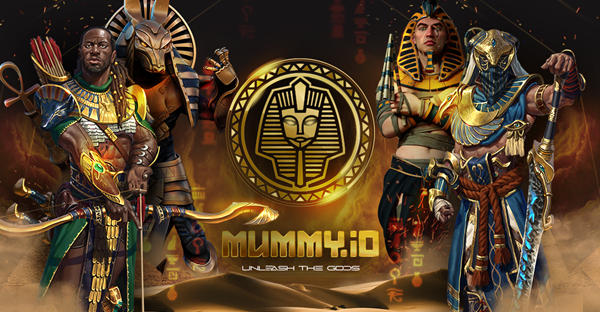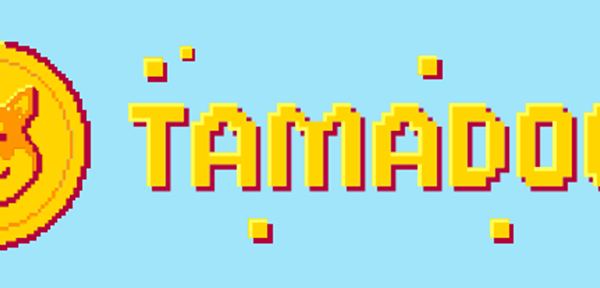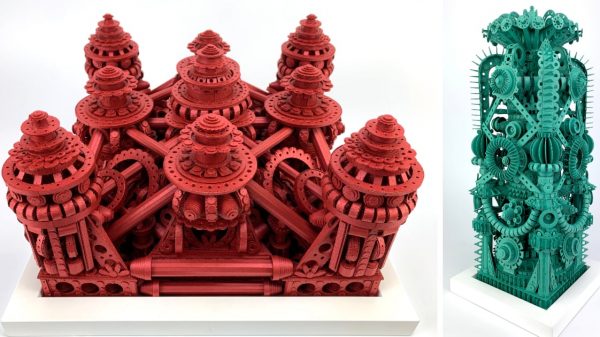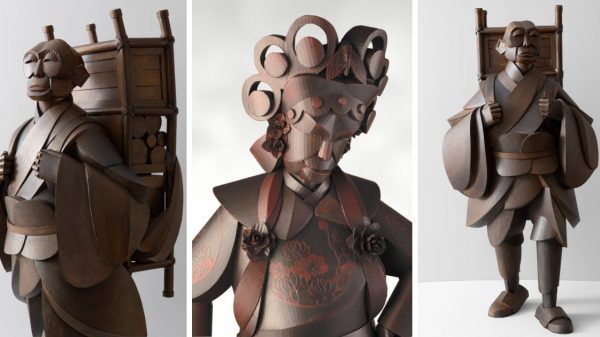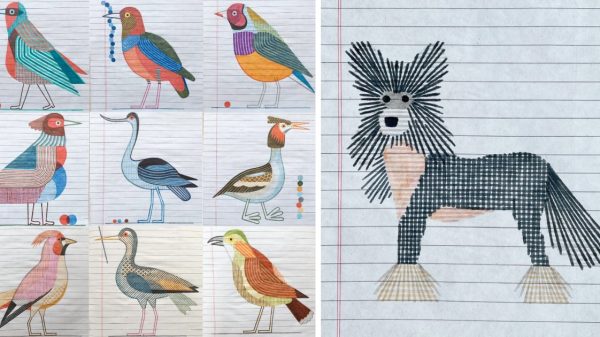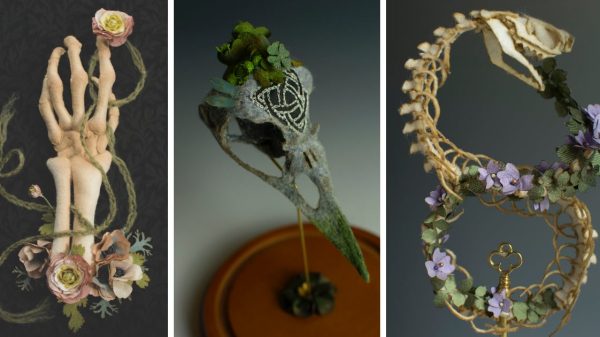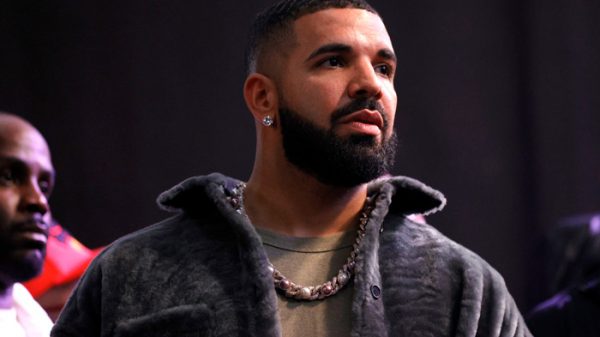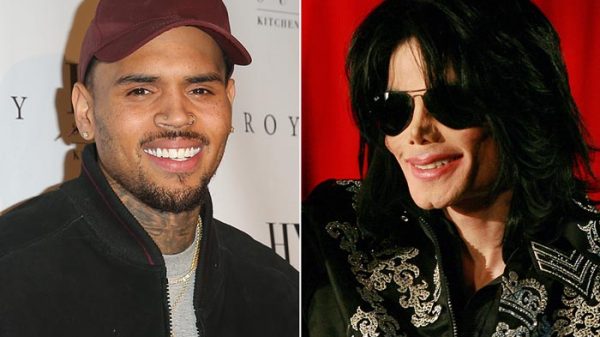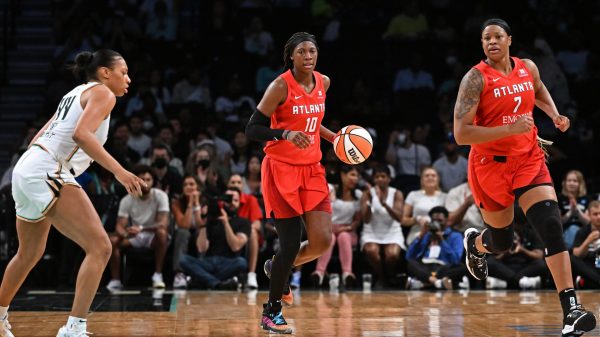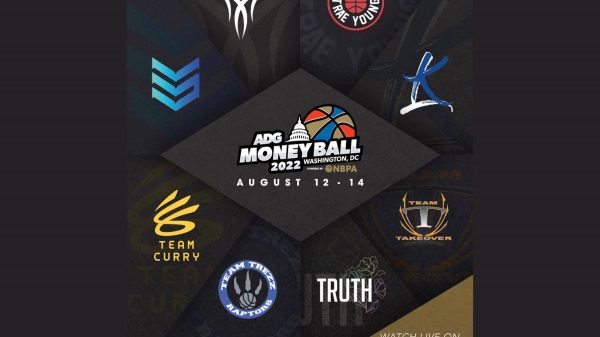Advertisement
The blockchain, at best a scam and at worst an impending environmental disaster, has lately been upending everything from currency exchange to basketball collectibles. But one area it’s had a particularly sudden—and divisive—impact is the world of art.
While some artists began dipping their toes tentatively in the world of NFT (Non-Fungible Token) artwork last year, things exploded last month when a short video by Beeple (an artist we’ve showcased on our Fine Art feature previously) previously sold in late 2020 for $66,000 was resold at auction for $6.6 million.
It’s “a special type of cryptographic token which represents something unique”, meaning each token is one-of-a-kind. Only the token itself is certified as unique; you can make 100 or 1000 tokens representing the same thing (pieces of art in this case) if you want.
Now’s the time to point out it wasn’t the video itself that was sold. Just a token representing the video. If you want, you can watch the video right here for free:
Ultrafast speeds up to 5400 Mbps
New-generation WiFi 6 router: Ultrafast speeds up to 5400 Mbps with the latest WiFi 6 (802.11ax) and 160MHz channels; Works seamlessly with all your existing WiFi devices.
That sale kicked the crypto art market’s door right off its hinges, and now loads of well-known, professional artists working in the entertainment industry are rushing to get in on the action. One example is Ben Mauro, who according to a Bloomberg report has made over two million dollars in less than a month.
Mauro—who has worked on stuff like Halo and Call of Duty, and who we’ve featured multiple times on Fine Art—has had his life changed forever by the sales, and to some is a high-profile example that the blockchain gold rush exists as an exciting new opportunity for artists around the world to make a lot of money.
To others, though, he’s evidence of artists participating in a devastatingly lopsided, dangerous and unregulated market that exists solely as a form of exploitative mass delusion, all just so they themselves can make a quick buck. The vast spaces between these two arguments have, as you can probably guess, resulted in a huge divide in the art community over the past few weeks, exposing fault lines both old and new.
So far a handful of prominent, established artists have been making a lot of money by selling tokens for existing artworks on a platform designed by techbros where any value in the tokens relies on investors continuing to convince each other that the tokens—which are completely unrelated to the artworks themselves—hold any value whatsoever.
I can see the argument that if some idiot wants to pay them, let them. Many entertainment artists, especially those working in video games and movies, are in salaried or contract positions, and are rarely able to get any kind of true “value” for their work. Cashing in on a fad like this is an opportunity for them to do just that.
Meanwhile many other artists have spent the last couple of weeks on Twitter and Facebook pointing out how this merely exaggerates existing, disproportionate demographics in the art industry, and oh by the way also makes them complicit in a wider system that’s environmentally catastrophic and is full of scams.
These criticisms—coming from both big-name but also lesser known artists, and which I’m mostly paraphrasing and keeping anonymous here since they’ve taken place on private Facebook and Twitter conversations—are also making more nuanced arguments, like what does monetising weird digital tokens for your art say about your art? How is selling off a memento for hyped pieces of creative work to cashed-up buyers any different from the obscene world of high art collecting?
Also brought up are issues of just who are the people running and selling this stuff, in a marketplace completely unregulated and unsupervised? One example of the risks involved here is that Mauro has only “made millions”, since he hasn’t actually been able to get his hands on his money, because the cryptocurrency he was paid in isn’t available in the US.
I’m not trying to Both Sides the issue here. Clearly I think the entire idea of the blockchain itself is incredibly fucking stupid, and this is just one of the latest and dumbest examples of that. What I find most depressing about crypto art and its impact on working artists though is that this is being framed as discussion or a debate at all. That somehow “some guys wanna make money” balances the ledger with everything else I’ve just said.
Saddest of all is that if you think these disagreements between peers and friends are happening in a civil and thoughtful manner, where have you been for the last 12 months? We’ve all been trapped inside and slowly gone insane, and the more we circle the drain, the faster we circle. It’s getting nasty out there! I won’t link specific examples because, again, these disagreements are taking place in private forums, but a lot of it is not nice, and not helped by swarms of Twitter followers on both sides making baseless threats and allegations.
One series of tweets I can share, however, are from artist Artyom Trakhanov. I’d urge you to go read the whole thing.
A perfect encapsulation of everything I’ve just written can be found in a couple of moves made by ArtStation, the single biggest website and community focal point for the industry on the internet. Earlier this week, the site made a short announcement saying they were going to explore running their own NFT marketplace on the site alongside the traditional print and other merch sales they currently offer.
That tweet was ratiod into oblivion, then deleted, and only a few hours later the site walked the decision back, saying:
Dear all,
The last few hours since announcing our intention to run a proof of concept for NFTs on ArtStation have been humbling. Based on the strong demand from artists wanting a way into the world of NFTs, we sincerely felt an obligation to explore this path and help artists succeed.
In light of the critical reception on social media regarding NFTs, it’s clear that now is not the right time for NFTs on ArtStation. We are very sorry for all the negative emotions this has caused. Despite our attempts to validate our approach, we clearly made a mistake and admit fault. It was our bad.
We feel that NFTs are a transformative technology that can make significant, positive change for digital artists. It’s our hope that at some point in the future we’ll be able to find a solution that is equitable and ecologically sound. It will take time for us to reflect on this and we’ll do our best to earn back your trust.
Sincerely,
The ArtStation Team
That’s exactly the process that has sucked so many artists into crypto sales in the first place! The money, the hype, the buzz, it all seems so tempting, and so folks rush in without giving half a second’s pause to what they’re actually engaging in. It doesn’t take long, though, to point out—as ArtStation quickly found—that there’s not just something wrong with it, there are many things wrong with it, each of them enough to make it a shitty proposition on its own, let alone when they’re all in play.


